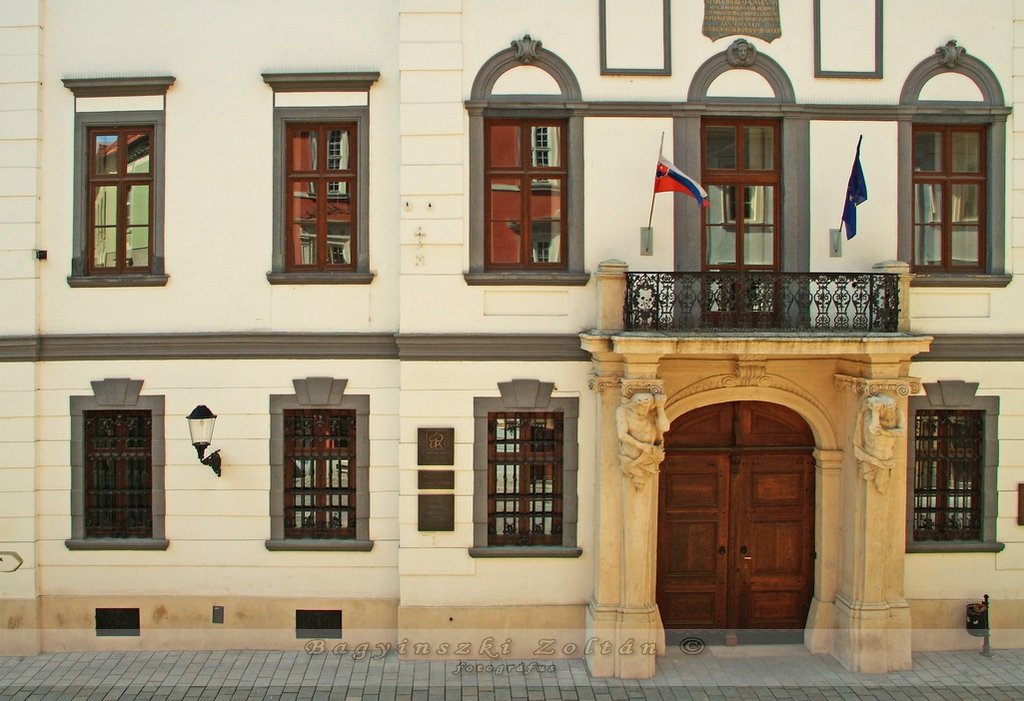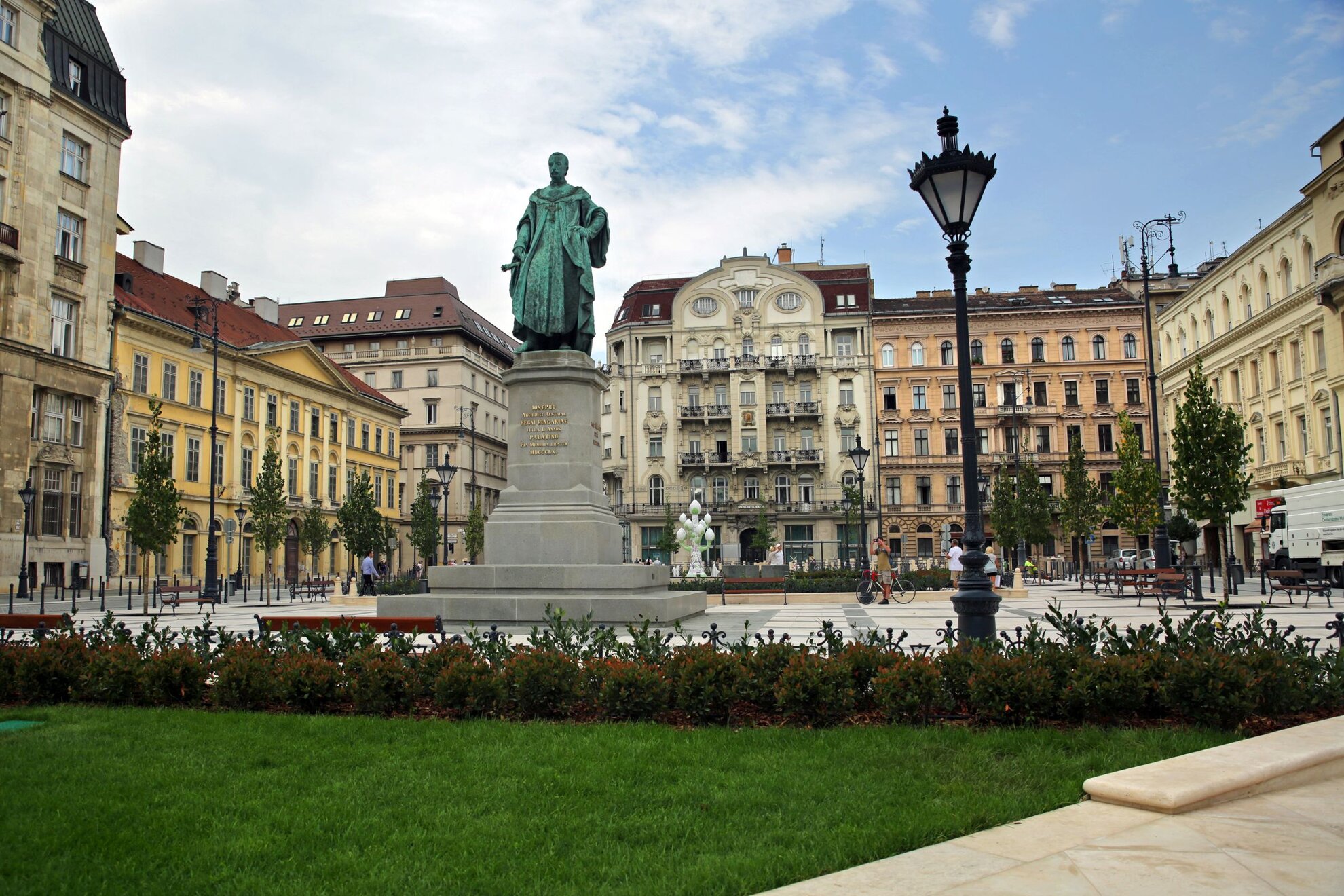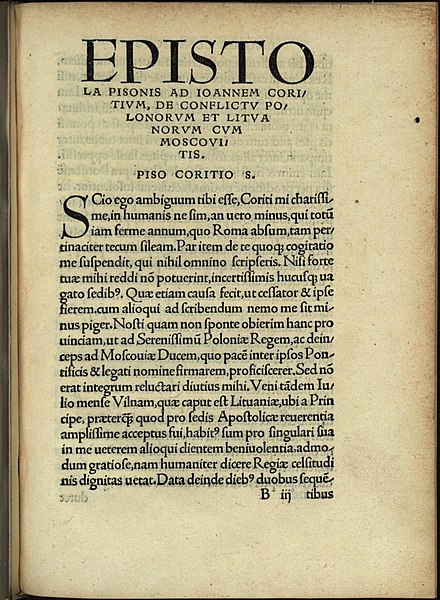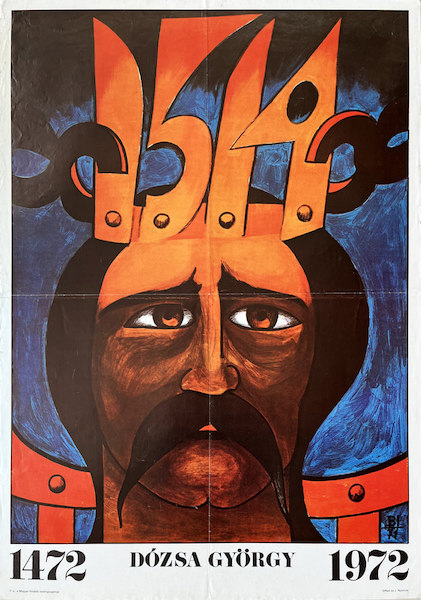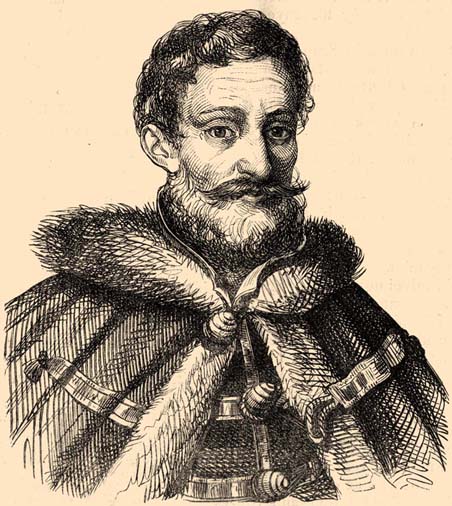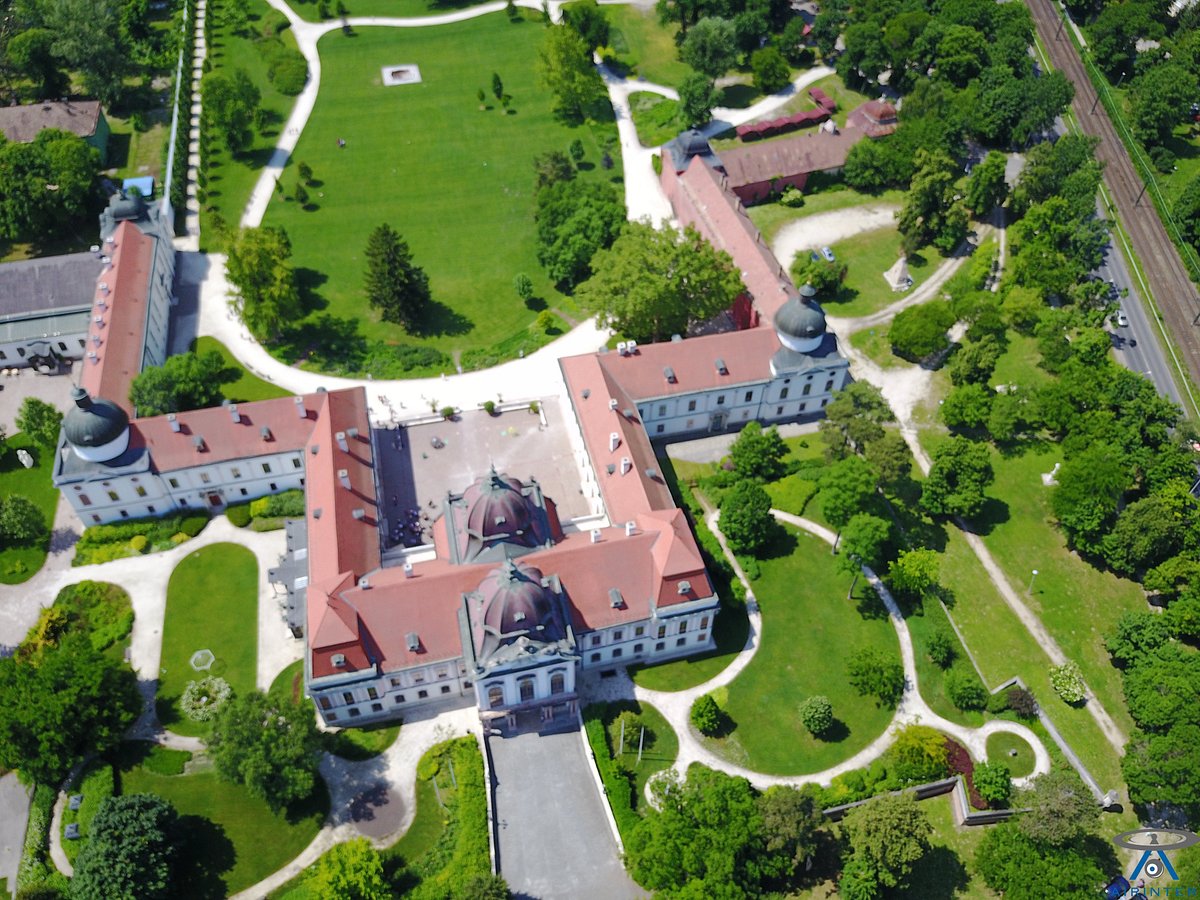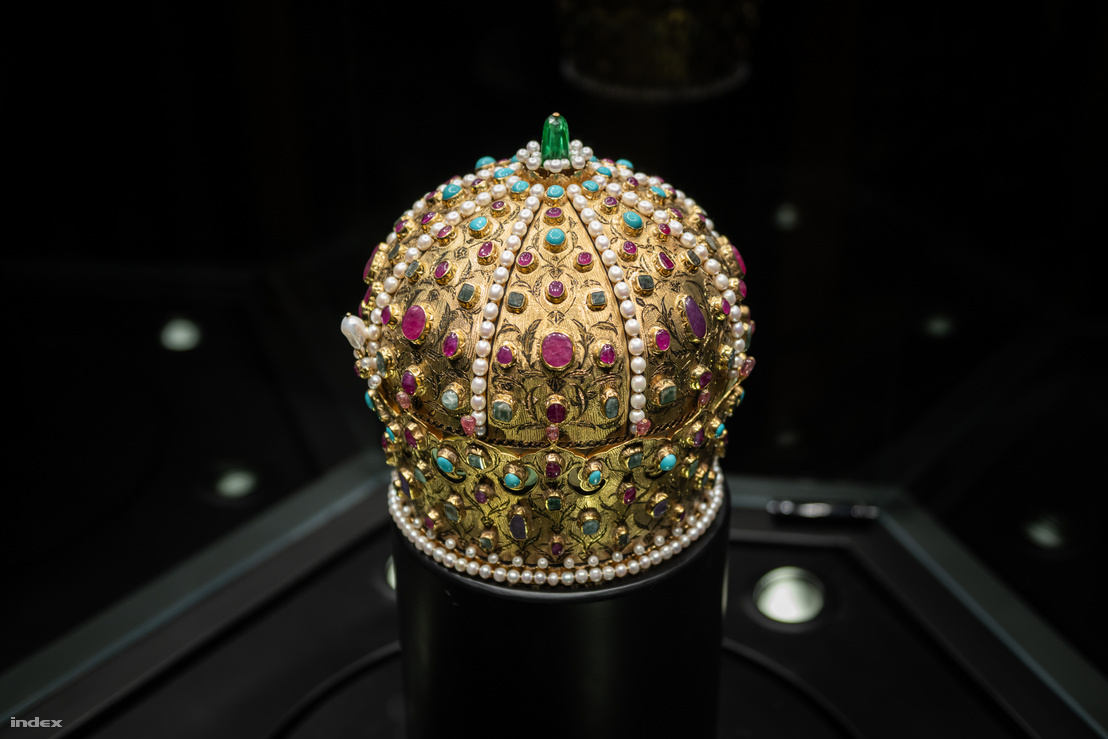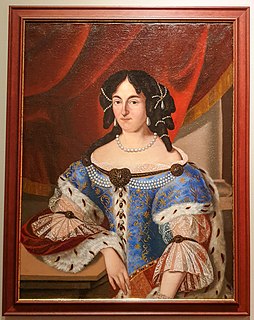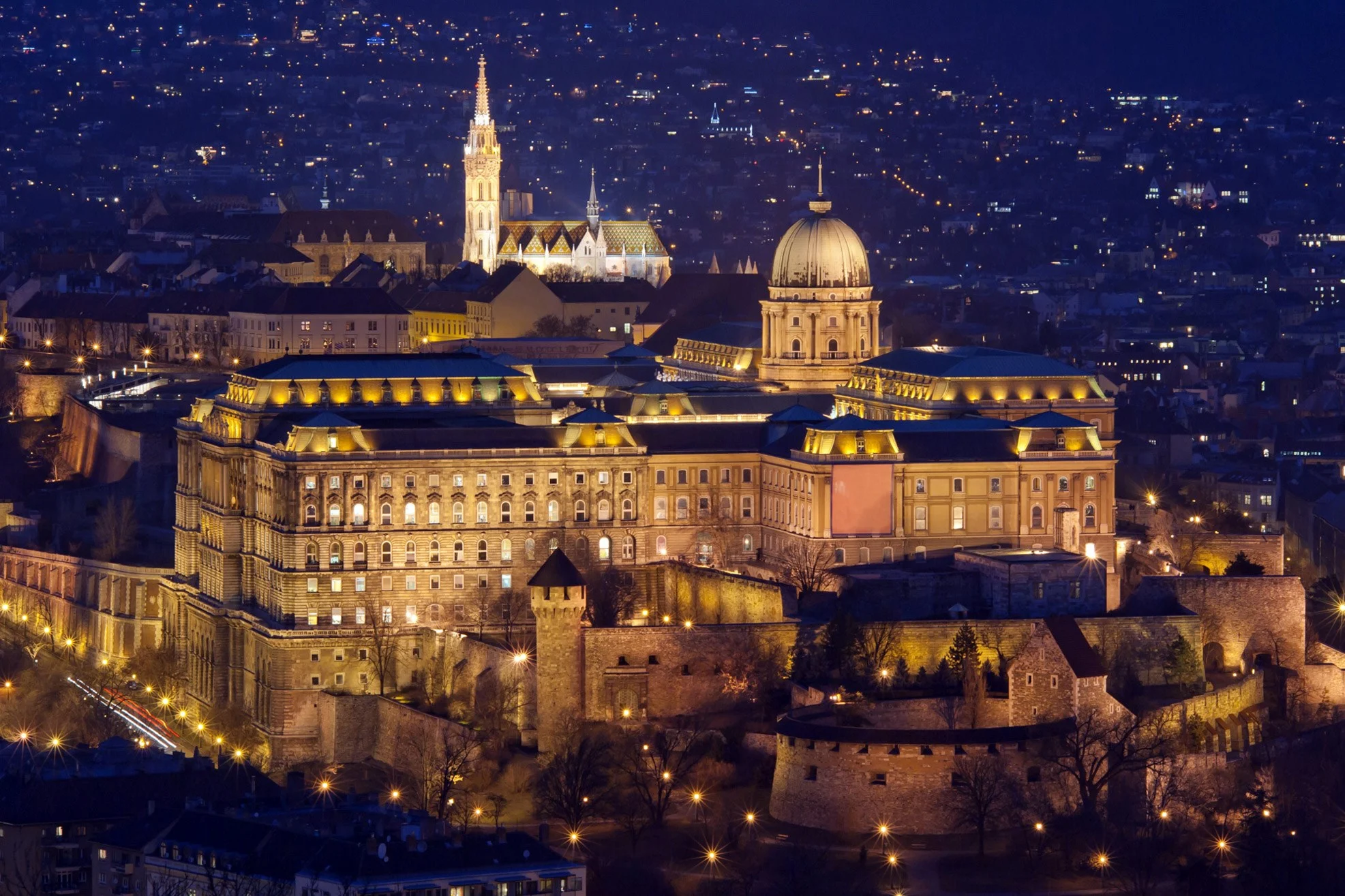
Home of the Jagellos and the Habsburgs – Buda
Hungarian figure of the „Legacy of the Jagiellonians and Habsburgs dynasties” topic
The legacy of the Jagiellonian and Habsburg dynasties played a crucial role in shaping the political and cultural landscape of Central Europe. Both dynasties positioned Buda and the entire Hungarian Kingdom at the heart of their power, significantly influencing the region’s political balance and social structure for centuries. Through the Jagiellonian family, Buda gained prominence, as members of this dynasty wielded influence over both the Polish and Hungarian thrones, fostering alliances that strengthened the bonds between the crowns of Poland, Bohemia, and Hungary. Dynastic marriages during this time helped solidify these connections, promoting a sense of shared cultural and political identity within Central Europe.
The Jagiellonian period in Buda marked the dawn of a new artistic and architectural era. The royal court became a hub of cultural activity, particularly under King Louis II, until the tragic defeat at the Battle of Mohács in 1526. The subsequent division of Hungary between Habsburg Ferdinand and John Szapolyai left the kingdom fragmented. Ferdinand, as a member of the Austrian Habsburgs, sought to strengthen Buda’s role as a royal center, though this aim was curtailed by the Ottoman occupation.
Under Habsburg rule, Hungary’s administrative center moved to Pozsony (now Bratislava), where the Hungarian Diet convened for centuries. The Parliament of Hungary in Pozsony became a vital arena where Hungarian nobility sought to protect their autonomy and rights. After the Ottomans were expelled, Buda regained prominence, especially under Emperors Charles III and Maria Theresa, who reintegrated the city as a key administrative and cultural center within the empire.
Notable Habsburg figures played influential roles in Hungary’s history, most famously Archduke Joseph, remembered as the „most Hungarian Habsburg.” Residing in Buda, Archduke Joseph worked to support Hungarian causes, championing infrastructural and economic improvements that contributed to Buda’s development. The Habsburg dynasty also maintained a stronghold over the region, ensuring that Hungary’s status aligned with the empire’s broader strategic interests.
Besides Buda, other Central European cities such as Medias in Transylvania became cultural centers under the Jagiellonians and Habsburgs, establishing diplomatic and artistic exchanges across Europe. This era is remembered for legendary figures such as Ilona Zrínyi, revered as a symbol of anti-Habsburg resistance for her defense of Munkács Castle, and István Bocskai, who resisted Habsburg absolutism and protected Transylvanian autonomy.
During the Habsburg reign, modernization efforts introduced a series of reforms that fostered integration among Central European states. Notably, the royal residence at Gödöllő became a symbol of friendship between Austria and Hungary, as Empress Elisabeth (“Sissi”), the wife of Emperor Franz Joseph, frequently visited, building rapport with the Hungarian people—a legacy that strengthened Austro-Hungarian relations for years to come.
Facts


